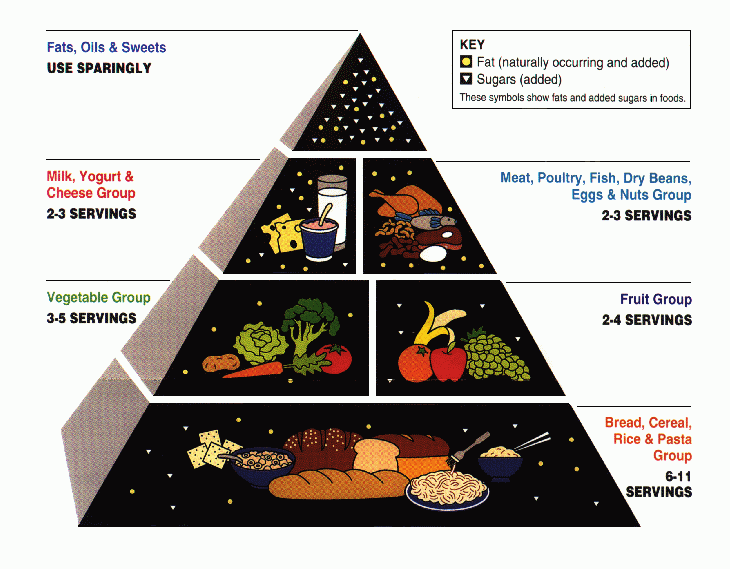As part of its project on the cities of the future, the BBC asked a series of experts to explain their vision of where they would like to live in the future
With input from those who are planning new cities to people who are retro-fitting old ones and even a child's view of the future, we asked one simple question: "What if you could design a city from scratch?"
We have had some intriguing answers, from those who think the smart cities of the future will rely on technology to those who want to put people centre stage
And for the children, who will after all be the citizens of these future urban spaces, the vision is more fantastical
?But then, who wouldn't want a city with tree-high swimming pools full of sweets
Guru Banavar is IBM's chief technology officer and was the chief architect behind Rio de Janeiro's control centre
If I were to build a city from scratch, I would build in the digital infrastructure of sensors, networks and data analytics as meticulously as the physical infrastructure of buildings, roads, and utilities
In a modern city, a robust digital infrastructure is essential to manage the physical resources and ensure that the city will be liveable and sustainable over the long term
A well-designed digital infrastructure will support decision-making by public managers as well as private citizens.
By understanding the large volumes of data emitted by a city, it is possible to not only sense and respond to the current demands of citizens, but also be proactive in anticipating the needs and issues that citizens may face in the future
A modern city would go far beyond simply sensing what's going on all around. Good decisions are based on a good understanding of information, which means that city data from many sources will need to be integrated and analysed rapidly. For example, city leaders will need high-quality insights to manage a carbon neutrality programme, a social and health services programme, or an innovative public transportation programme
The digital infrastructure can provide the insight and foresight needed to support the right operational decisions, drive long-term plans, and help evolve the city towards its goals, whether they are social, economic, or environmental
Steve Lewis knows better than many the problems of building a city from scratch because he is attempting to do just that in Portugal
Reasons for urbanisation are wide-ranging but tend to be economic and social in nature
Today the top 25 cities in the world account for 50% or more of our global wealth
Traditionally, permanent and sustainable settlement has taken hundreds of years - in some cases, thousands. However, due to rapid population growth and development of certain regions of the world, town and cities are established rapidly - some in the space of a few years
Through significant advances in computer simulation to provide tools that enable an entire community - including planners - to consider, evaluate and implement current requirements while modelling future scenarios
Moreover, this simulation of thousands of complex variables may include, for example, balancing aesthetics with efficient use of capital - new methods to plan, design, manufacture, operate - and natural resources
It may include reducing our impact on the environment while creating places that increase social cohesion, or accelerating human interaction in education, health and employment to improve the quality of life for an ever greater percentage of our world population
However, people will remain the critical determining factor of how we interpret, implement and enhance our urban environments
Ultimately, they will decide how we retain the fundamental organic development of our cities that lead to their future sustainability
Towns and cities do not exist without their essential ingredient - their citizens
Tom Steinberg has revolutionised engagement between citizens and government with services such as FixMyStreet - empowering people to report things such as potholes and graffiti. Having started in the UK, it is now a global phenomenon
I'd like to see a city in which every occasion on which you received a public service was also an opportunity to get involved with the decision-making that determines the nature of that service
Let me give you an example. I have an old mattress I need to get rid of, so I go to the council website to find out how to do this
The council offers a disposal service, but it seems pretty expensive to me - £30
In my vision of a modern city, the page that tells me the cost will link to information on who made the decision to impose a charge, what reason was given, and who controls this decision in the future
The key word here is "opportunity"
I don't think that people want to be repeatedly told that they should be good citizens, attending planning meetings seven days a week
But I do think that every moment of contact between me and the city government - every time I get on a publicly subsidised bus, or check the day of my bin collection - should be treated as an opportunity to engage me in the decisions that relate to that service, if I want
The technology required for this radical educational idea is as old as technology gets on the web - it's the humble link
The challenge is persuading politicians that it is healthy for more local people to understand how decisions are made
Carlo Ratti heads up Massachusetts Institute of Technology's Senseable Cities Lab, which aims to study the ways cities are transforming themselves using sensors and electronic systems.
If we could design a city from scratch... we would not do it
Since their emergence around 10,000 years ago, cities have always been the outcome of a collaborative, bottom-up process
The "urbs"- as Romans would call the physical form of the city - was nothing other than the result of the "civitas", the community of the citizen
Even when Romans needed to plan a new city, they did little more than laying out the main axes and parcelling the land, leaving it up to the individuals to take action
The idea that an architect could design a city from scratch, in a top-down way, is relatively new
It embodies both the 19th Century dream of the artist with unbound freedom and imagination and the egotistic vision of the 20th Century architect; something that resembles Howard Rourke - Ayn Rand's main character in The Fountainhead - who proclaimed that "the first right is the right of the ego"
It also responds to the rapid expansion urbanisation of the past 100 years that often leads governments to call for quick solutions for human settlement
Architectural exemplars of the limitations of such an approach stand out in the dullness of Brasilia and the rigidity of Chandigarh
In fact, as Christopher Alexander reminded us, a good city cannot be designed in a top-down fashion
Spaces and fluxes overlap and intertwine in our interaction with the city, which can only be shaped through a distributed, bottom-up process
A chaotic self-organising movement, which resembles what we have seen during the Arab Spring and its fostering of new forms of participation, is rising in unexpected ways and with unknown consequence
Can these very forms, supported by social media and new technologies, now extend to urban design and planning? Could this be the beginning of a new urban spring
OK, so they aren't experts but my children are the future citizens of such cities and have some interesting ideas about where they want to live
Archie: If I could design a city the cars would run on water instead of fuel and would be driven automatically so that you could just sit back and enjoy the ride
There would also be lots of huge buildings that lots and lots of people could work in
In the city centre there would be an extraordinarily big shopping centre with everything you could possibly need
As well as that, there would be little shops dotted around for certain things
Everybody would exercise to keep themselves healthy
Lily: If I could design a city from scratch I would have a swimming pool on trees filled with sweets and chocolate
Also, I would have flying cars
I would have schools that you play in all day and you would have offices that grown-ups can take their children into to watch TV all day
At the centre of the town there would be shops and there would be a Santa's workshop for whenever you wanted to make something
It would be Christmas every day
Aria Weekly Articles
دسته بندی : <-PostCategory->
برچسبها: <-TagName->


.jpg)
.jpg)























